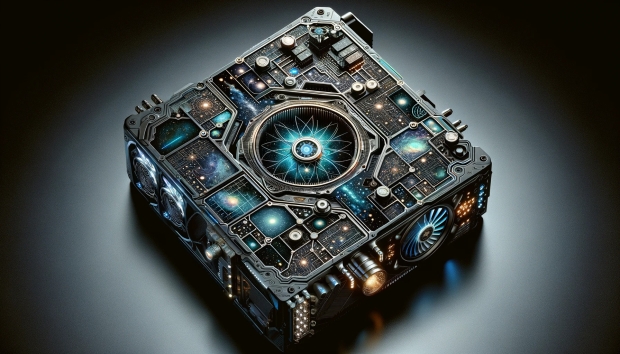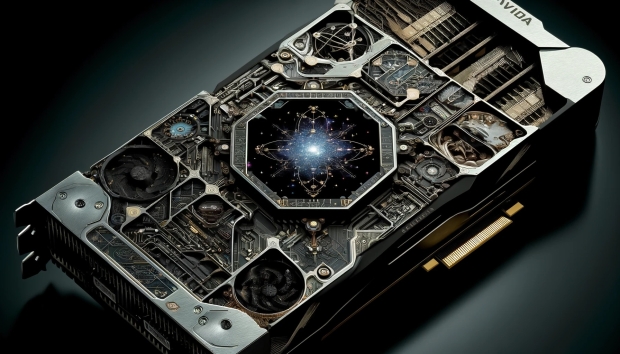NVIDIA is still cooking its new Blackwell GPU architecture and B200 AI GPU, and while we've had teases of the next-gen Vera Rubin GPU, now we're hearing the next-gen R100 AI GPU will be in mass production in Q4 2025.

In a new post by industry insider Ming-Chi Kuo, NVIDIA's next-generation AI chip will enter mass production in Q4 2025 with the R-series and R100 AI GPU, with the system/rack solution to enter mass production in Q1 2026. NVIDIA's next-gen R100 will be made on TSMC's newer N3 process node, compared to B100 which uses TSMC N4P, with R100 using TSMC's newer CoWoS-L packaging (the same as B100).
NVIDIA's next-gen R100 AI GPU features around 4x reticle design, compared to the B100 with 3.3x reticle design, while the interposer size for R100 "has yet to be finalized," with Ming-Chi saying there are 2-3 options. R100 will feature 8 x HBM4 units, while GR200's new Grace CPU will use TSMC's N3 process (compared to TSMC's N5 for GH200 and GB200's Grace CPUs).
- Read more: NVIDIA's next-gen Vera Rubin AI GPU rumored for mid-2025, compete with AMD Instinct MI400X
Ming-Chi says that NVIDIA realizes the power consumption of AI servers has "become a challenge" for customers' procurement and data center construction. This means that NVIDIA's next-gen R-series AI chips and systems focus on improving power consumption in addition to next levels of AI computing power.
Ming-Chi's full post said:
- NVIDIA's next-generation AI chip, the R-series/R100 AI chip, will enter mass production in 4Q25, and the system/rack solution will likely start mass production in 1H26.
- R100 will use TSMC's N3 node (vs. TSMC's N4P for B100) and CoWoS-L packaging (same as B100).
- R100 adopts about 4x reticle design (vs. B100's 3.3x).
- The interposer size for R100 has yet to be finalized. There are 2-3 options.
- R100 will be equipped with eight HBM4 units.
- GR200's Grace CPU will use TSMC's N3 process (vs. TSMC's N5 for GH200 & GB200's Grace CPU).
- NVIDIA realizes that the power consumption of AI servers has become a challenge for customers' procurement and data center construction. Hence, the R-series chips and system solutions focus on improving power consumption in addition to enhancing AI computing power.



